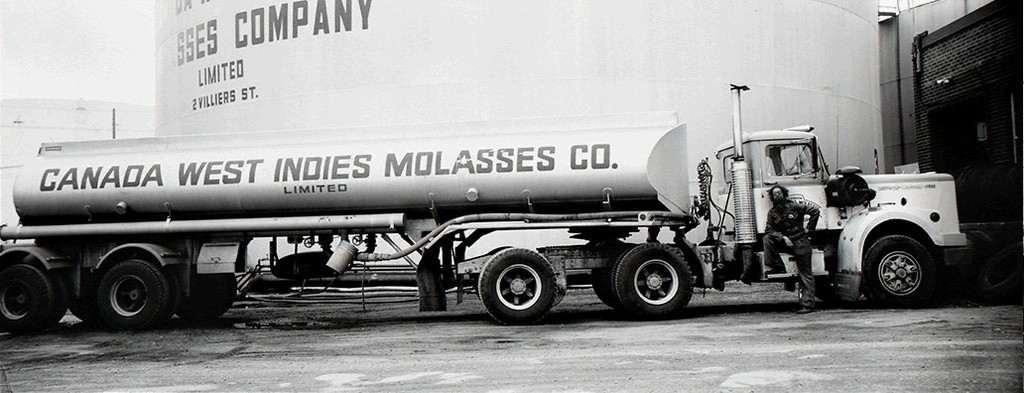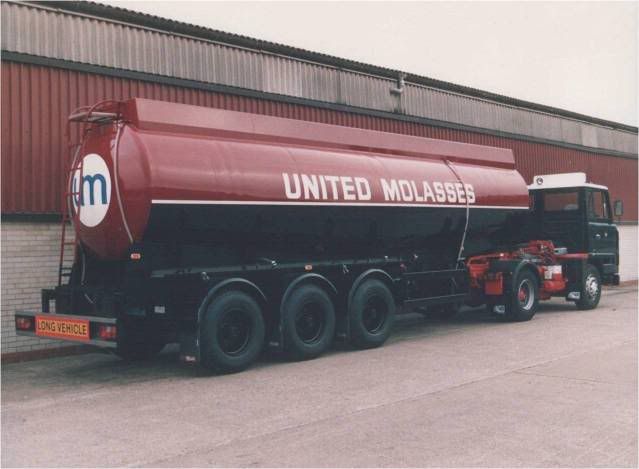As thread title, I'm trying to find the centipoise value for a 3:1 (volumetric) mixture of water and molasses.
I've assumed densities of 1 and 1.4 kg/m3, and dynamic viscosities of 1 and 8000 cP, respectively.
I get a value of around 17.5 cP for the blend - is that about right?
Have you just done a weighted average?
It doesn't work like that does it? Intuition says it would be pretty close to water though so you are about right. Molasses is a wierd mixture of suspension and solution so diluting it would have wierd concequences, it isn't like you are mixing different viscosity chemically identical fluids (oils, say).
Why?
Purple
email these guys :-), they'll know.

It’s over 20 years since I did it, but as I recall there were different approaches depending on the systems you were mixing - and that either needs empirical evidence or experience/intuition to guide you.
in some cases if the answer doesn’t need to be too accurate then if the different approaches (google should provide the formulae) provide similar results it will give you a range/ball park.
Have you just done a weighted average?
No, I used the viscosity blending calc outlined on Wikipedia (and seen elsewhere): https://en.wikipedia.org/wiki/Viscosity#Viscosity_of_blends_of_liquids
However I think you're right in that this formula seems to apply to fluids of similar properties (e.g. oils), so dunno how valid it is for molasses.
Why? Trying to spec a mechanical stirrer. Although, as above, I know what the resulting mixture looks and feels like to have an intuitive idea of how thick the liquid is, and compared that with others to estimate cP.
Hey Kit
Want me to send it on to our process tech professor at uni?
I get 3.3 centi poise by the same calcs (31% mass fraction molasses??)
VBN (Water) - 3.25
VBN (Molasses) - 42.9
VBN (Mixture) - 15.94
However - I suspect that at least some of the molasses will be soluble in the water (rather than just miscible with it) so it might not be a case of a simple blending calc.
Probably wrong, anyway.
... And if your mixer is intended to get the molasses and water mixed, it'll probably need to be able to cope with a big lump of molasses to start with, anyway.
Best is to ask the "customer" what the viscosity is!
Sounds like you need an engineering answer rather than a physical chemistry one, so no need to tax the intellect unduly - you know what you need to stir and have a stirrer in mind, just go one bigger - sorted.
I get 3.3 centi poise by the same calcs (31% mass fraction molasses??)
Doh! Yeah, I corrected my mass fraction and got the same as you, near enough. Whether it's the right method, or not, I don't know. Thanks for checking though!
The mixing tank will be filled with hot water and the molasses added, so in theory it'll dissolve fairly rapidly as it's added and not sit in a lump at the bottom of the tank.
Best is to ask the “customer” what the viscosity is!
I'm the customer
Want me to send it on to our process tech professor at uni?
You can if you like! I've pulled the trigger on the equipment anyway so I'll find out in a few months if it's going to work.
just go one bigger – sorted.
The one I'm buying is £1k. The 'one bigger' is £6k...


